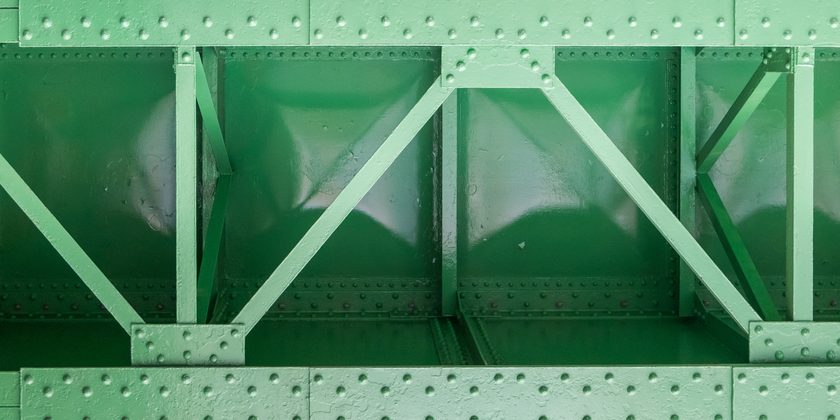Other key hydrogen-consuming sectors will be industries related to the production of basic raw materials and petrochemicals, as well as the energy, transport and logistics industries.
The strategy was intended to support the decarbonization of the German economy and to provide a reliable supply of green hydrogen and its derivatives.
According to the document, seen by Fastmarkets, the demand for hydrogen and hydrogen derivatives in Germany will amount to 95-130TWh in 2030.
“Around 50-70% (45-90TWh) of this will probably have to be imported from abroad,” the Federal Cabinet said. Its calculations also showed that the share provided by imports would continue to grow after 2030.
Initial estimates have also shown that “demand could increase to 360-500TWh of hydrogen and about 200TWh of hydrogen derivatives by 2045.”
“A large part of Germany’s hydrogen demand will have to be covered by imports from abroad in the medium to long term,” Robert Habeck, federal minister for Economic Affairs and Climate Protection, said after the adoption of the document.
He added that the strategy was intended to send a clear signal to Germany’s partners abroad that the country expected to have large and stable domestic demand for hydrogen and its derivatives.
Challenging path toward green transition
Demand for hydrogen in the steel sector was expected to grow exponentially in the coming years, not only in Germany but across Europe, industry sources have said.
Currently, 60% of the steel produced in Europe is produced using the integrated blast furnace/basic oxygen furnace route (BF-BOF).
But the transition toward more environmentally friendly production included the replacement of BF-BOF capacities with electric-arc furnaces (EAFs) and hydrogen-fuelled direct-reduced iron (DRI) modules.
EAF-DRI production creates much less pollution, with direct and indirect CO2 emissions estimated at 1.4 tonnes of CO2 per 1 tonne of steel. Those figures can be further reduced by using renewable energy and green hydrogen to power DRI modules.
More than 50 million tonnes of new green steelmaking capacities – via EAF or EAF-DRI production – were expected to come online in Europe in the years 2025-30, although a delay of about 15 million tonnes per year in capacity expansion should be expected until 2030, Fastmarkets has estimated.
To produce 1 tonne of liquid metal in a DRI module, around 80kg of hydrogen is needed, market sources have calculated.
Currently, obtaining the hydrogen for the few existing DRI modules in Europe is quite expensive, with hydrogen prices around €5-8 ($5-9) per kg. But this cost would need to be no more than “€2.50-3.00 per kg to be commercially viable for steelmaking,” a steel producer in Northern Europe said.
The entire shift to greener methods of production would require huge investment. According to European steel industry association Eurofer, the capital and operating costs of the green transition would be “extreme… in the multi-billion-euro range,” and that, per tonne of steel produced, costs could go up by 35% to 100%.
In 2023-24, Germany approved some impressive amounts of funding to finance green steel projects, with several more funding discussions imminent.
For example, ArcelorMittal Bremen and ArcelorMittal Eisenhüttenstadt have been granted €1.3 billion as part of the German Recovery and Resilience Plan.
Thyssenkrupp has obtained €2 billion in German state funding for its green steel transformation project.
Salzgitter, Germany’s second-largest steelmaker, has received nearly €1 billion in government funding for its hydrogen-based steelmaking project.
And SHS Stahl-Holding-Saar will get €2.6 billion from the German state to support decarbonization of its steel production processes in Saarland.
WV Stahl welcomes the strategy
German steel industry association WV Stahl welcomed the adoption of the new hydrogen import strategy but criticized the lack of clarity regarding the timeframe for the first deliveries and their affordability.
“It is good news that the hydrogen import strategy has finally been adopted by the federal government,” Kerstin Maria Rippel, managing director of the association, said. “We also welcome the fact that it has been designed to be technology-neutral as part of the National Hydrogen Strategy.”
She added, however, that key questions remained unanswered – for example, how quickly the hydrogen would arrive, and what it would cost. “For the steel industry, speed and affordability are essential,” she said.
Rippel added that the rapid development of sufficient network import infrastructures for hydrogen were necessary, as well as rapid development of the core network, suitable hedging instruments along the supply chain, and sufficient financing of import instruments.
Understand current steel price trends and access hundreds of historical steel prices in one place. Find out more.







